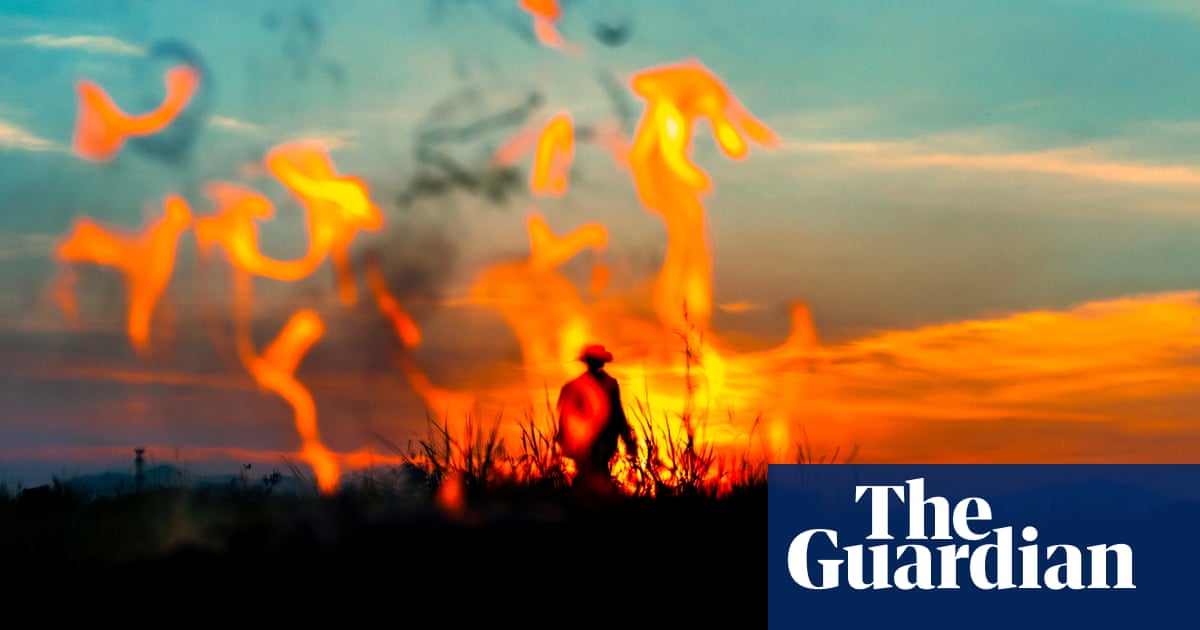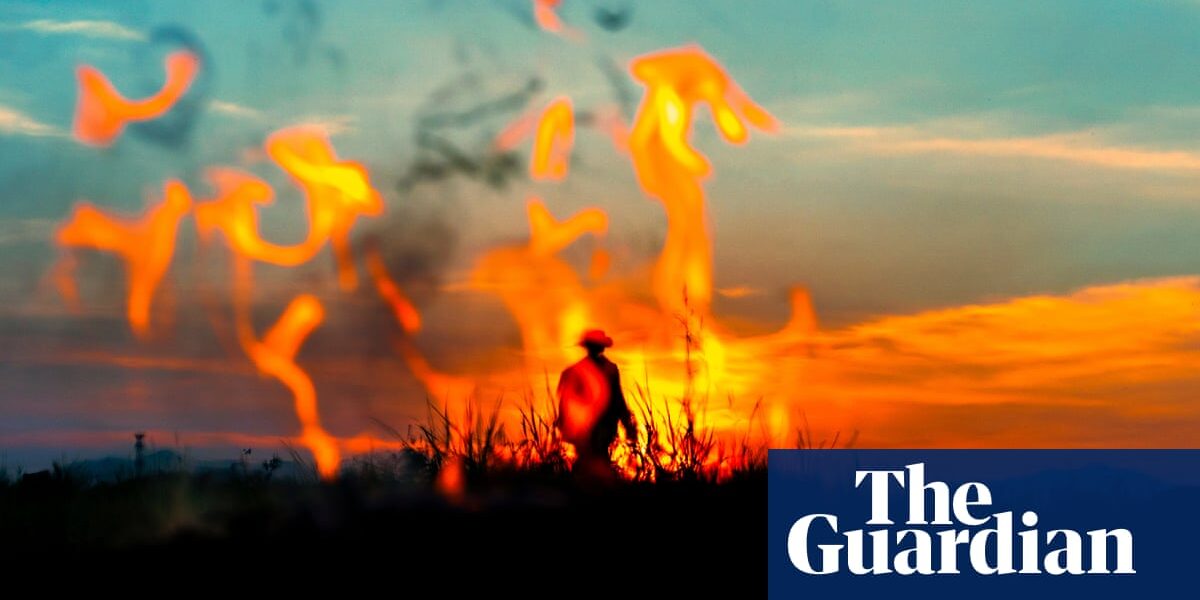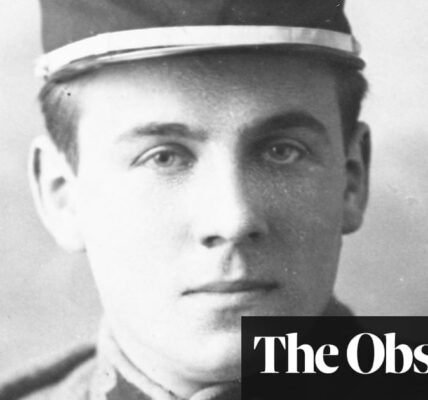
J
Ransom, a writer originally from Norfolk but based in Cambridge, received the prestigious Polari first book prize for his masterful debut, The Whale Tattoo. This raw and gritty novel delves into the complexities of gay love, grief, and resilience through the story of Joe Gunner, a working-class young man haunted by visions, revenants, and enemies. The narrative jumps back and forth between the past and present, with intermittent interludes where a river speaks to Joe, sometimes playfully and other times confrontationally. The novel is filled with mysteries but avoids providing simple solutions: “We often create our own interpretations of the events that happen to us… We make things up in order to make sense of them.”
Ransom has written a captivating and enigmatic second novel, The Gallopers. It tells the story of a passionate and tumultuous love triangle between three gay men, wrapped in a cleverly crafted emotional thriller. The story takes place in 1953 Norfolk, shortly after a destructive flood hits the area. The protagonist, 19-year-old Eli Stone, lives with his aunt Dreama near a cursed plot of land that holds a strange power over them and causes the townspeople to keep their distance out of superstition. While everything around them is swept away by the flood, their field remains untouched. Eli becomes infatuated with Jimmy Smart, an attractive and accommodating carnival worker who stays in their barn. One night, shortly after they meet, Eli catches himself masturbating while watching Jimmy wash himself off in the open.
The central theme of The Gallopers revolves around the hidden workings of desire: its overpowering intensity and its ability to control both the mind and the body. Eli frequently muses on the cunning nature of desire and how being around Jimmy affects him. He describes their interactions as interfering with everything, comparing it to the sensation of hairs standing up during a thunderstorm. Ransom skillfully crafts beautiful scenes between the two men, filled with passion, tenderness, and poetic imagery. They share intimate moments such as swimming naked at night, washing each other’s backs, and enjoying wordless pleasure while smoking cigarettes. In one scene, they dance together by a bonfire, with Jimmy seemingly entranced by the flames and his mysterious gaze intensified by the moonlight, as if he might howl at any moment.
Eli’s colleague at the printing shop, Shane Wright, is another significant person in his life. Shane is described as rough and uncouth, and carries a heavy burden of tragedy. He aspires to move to America and pursue a career in fitness modeling. Despite their strained relationship, Shane and Eli are connected by their mutual interest in sex and a hint of scandal. Later, when a young girl in their community disappears and Shane finds himself in trouble, he turns to Eli for assistance.
The Gallopers is a whispered howl of a novel about men fettered by masculine norms, the ideas and pressures that curtail their freedom, and the bargains they strike with others and themselves in order to live. The novel is excellent on queer love and the shape it takes once it mixes with shame, blood and guilt. Some of its best and most poignant passages capture the ghoulish discord between queerness and the law, the individual and the world, truth and deceit.
In Ransom’s first book, homophobia and misogyny are portrayed as the main antagonists. Eli is constantly bullied and shamed for not conforming to traditional masculine stereotypes, leading him to desire escape and to suppress his more feminine qualities. The constant barrage of rocks thrown at his window symbolizes the town’s disapproval of him. Women also experience the destructive behavior of men, often disappearing and being found in terrible conditions.
The central focus of the narrative is a one-act play called “The Gallopers,” written by Eli thirty years later and presented as a script. It revisits the themes of the novel from a different perspective, with Eliza, Dreama, and Shane taking on new roles. Shane represents a version of Eli, struggling with his identity and ready to break free. Dreama, now portrayed as Shane’s mother, worries about a lost photo album, while Eliza, who is terminally ill with AIDS, searches for an undetonated bomb from World War II in the field outside their home. Jimmy is a character without lines, referenced only a few times by name and through the sound of fairground music in the stage directions.
Can the play unlock new insights in the novel? Does it offer additional depth to our understanding of the book as a whole? I am uncertain. The novel concludes in 1954, with Eli departing for national service. The play’s significance, aside from an older Eli’s attempt to fictionalize his life and grapple with themes of loss, illness, and mortality, is open to interpretation by the reader. However, at its finest, The Gallopers presents a striking and subtly impactful portrayal of three men and their tumultuous connection with themselves and the society around them.
Ignore the advertisement for the newsletter.
after newsletter promotion
Source: theguardian.com




